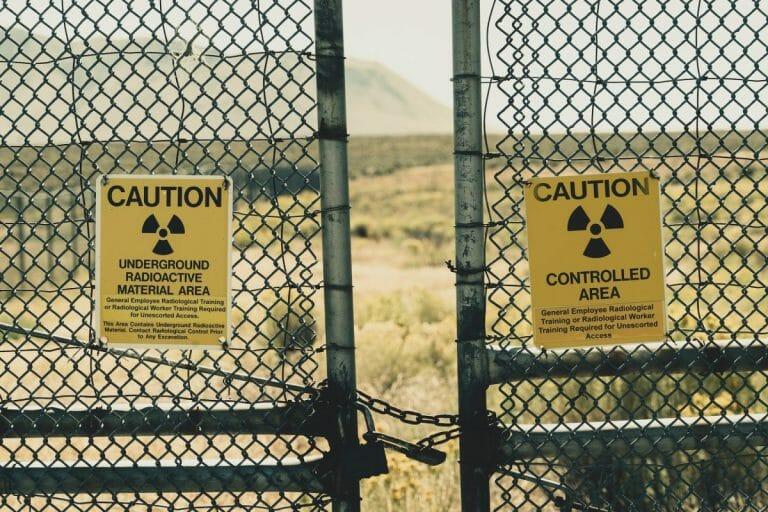
In today’s modern world, we are surrounded by various sources of toxins and pollutants that can have detrimental effects on our health. From the chemicals in cleaning products to the pesticides in our food, these toxic exposures can accumulate over time and lead to long-term health problems. However, by understanding the sources of toxicity and taking proactive measures, we can minimize and avoid the harmful effects of these exposures, safeguarding our well-being.
This guide aims to provide you with valuable insights and practical tips to protect yourself from toxic exposure and promote a healthier lifestyle. By implementing these strategies, you can create a safer environment for yourself and your loved ones, reducing the risks associated with toxins in our everyday lives.
Understanding Toxic Exposure
To effectively protect ourselves from toxic exposure, it’s important to have a clear understanding of its nature and potential health implications. Toxic exposure refers to the contact or ingestion of harmful substances that can adversely affect our well-being. These substances, known as toxins or pollutants, can come from various sources in our environment.
Common sources of toxins include household cleaning products, pesticides used in agriculture, air pollutants from industrial emissions and vehicle exhaust, certain foods containing additives or contaminants, and chemicals present in personal care products.
Over time, repeated exposure to these toxins can accumulate in our bodies and contribute to a range of health issues, including respiratory problems, allergies, hormonal imbalances, neurological disorders, and even certain types of cancer. If you or a loved one have been exposed to Paraquat and suffered adverse health effects, seeking the assistance of a qualified Houston Paraquat lawsuit attorney can be crucial. These attorneys have extensive knowledge and experience in handling toxic exposure cases, including those involving Paraquat. They are familiar with the legal complexities surrounding such cases and can provide the guidance and representation needed to pursue a claim for compensation.
Minimizing Toxic Exposure at Home
One of the key areas where we can take proactive steps to reduce toxic exposure is within our own homes. By making conscious choices and adopting healthier alternatives, we can create a safer living environment for ourselves and our families. One effective approach is to choose natural and non-toxic household cleaning products. Many conventional cleaning products contain harsh chemicals that can contribute to indoor air pollution and pose risks to our health. Opting for environmentally friendly and non-toxic alternatives can help minimize exposure to harmful substances while still effectively maintaining a clean home. Look for products that are labeled as organic, eco-friendly, or free from harmful chemicals.
Avoiding Toxins in Food and Water
Toxins can also enter our bodies through the food we eat and the water we drink. By being mindful of what we consume, we can significantly reduce our exposure to harmful substances. Choosing organic and fresh foods is a smart strategy to minimize pesticide and chemical exposure. Organic farming practices avoid the use of synthetic pesticides, herbicides, and genetically modified organisms (GMOs), reducing the potential toxic burden on our bodies. Fresh produce is also less likely to have undergone prolonged storage or has been treated with preservatives or additives.
Being Mindful of Personal Care Products
Personal care products, such as shampoos, soaps, lotions, and cosmetics, can contain a multitude of chemicals that can be absorbed through our skin or inhaled. Being mindful of the products we use and choosing safer alternatives is essential for minimizing toxic exposure. Take the time to read product labels and familiarize yourself with the ingredients. Avoid products that contain potentially harmful substances such as parabens, phthalates, sulfates, and artificial fragrances. These chemicals have been associated with various health concerns, including hormone disruption, skin irritation, and allergic reactions.
Promoting a Clean Living Environment
Maintaining a clean living environment is not only visually appealing but also essential for minimizing toxic exposure. By adopting a few practices, you can reduce the presence of allergens, dust, and potentially harmful substances in your home. Regular cleaning is key to removing dust and allergens. Vacuum carpets and upholstery regularly use a vacuum cleaner equipped with a HEPA filter to trap tiny particles effectively. Dust surfaces with a damp cloth to prevent particles from becoming airborne.
Being Cautious with Plastics
Plastics are ubiquitous in our modern world, but certain types of plastics can release harmful chemicals that can have adverse effects on our health. To minimize exposure to these toxins, it’s important to be cautious with plastic products. Avoid using plastic containers and bottles for storing food or beverages, especially those made from polycarbonate or containing bisphenol A (BPA). These chemicals can leach into food and liquids, particularly when exposed to heat or acidic conditions. Instead, opt for safer alternatives such as glass, stainless steel, or food-grade silicone containers and bottles.
Protecting ourselves from toxic exposure is an essential aspect of maintaining our overall health and well-being. By being aware of the sources of toxicity and taking proactive steps, we can minimize and avoid the harmful effects of these exposures. Throughout this guide, we have explored various strategies to reduce toxic exposure in different areas of our lives. From choosing natural and non-toxic products for cleaning and personal care to improving indoor air quality and being cautious with plastics, each action contributes to creating a safer environment.